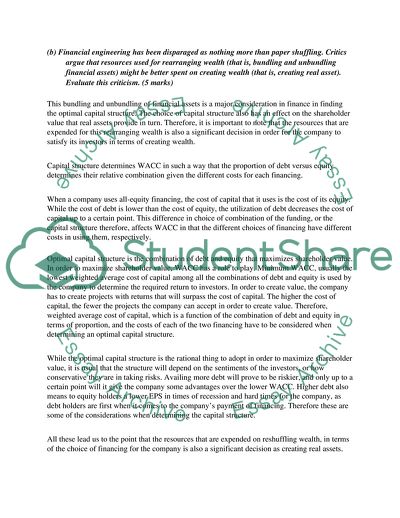Cite this document
(Financial Management Report Example | Topics and Well Written Essays - 1250 words - 2, n.d.)
Financial Management Report Example | Topics and Well Written Essays - 1250 words - 2. https://studentshare.org/finance-accounting/1719512-financial-management
Financial Management Report Example | Topics and Well Written Essays - 1250 words - 2. https://studentshare.org/finance-accounting/1719512-financial-management
(Financial Management Report Example | Topics and Well Written Essays - 1250 Words - 2)
Financial Management Report Example | Topics and Well Written Essays - 1250 Words - 2. https://studentshare.org/finance-accounting/1719512-financial-management.
Financial Management Report Example | Topics and Well Written Essays - 1250 Words - 2. https://studentshare.org/finance-accounting/1719512-financial-management.
“Financial Management Report Example | Topics and Well Written Essays - 1250 Words - 2”. https://studentshare.org/finance-accounting/1719512-financial-management.


